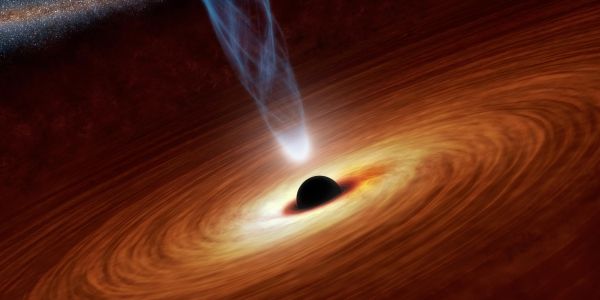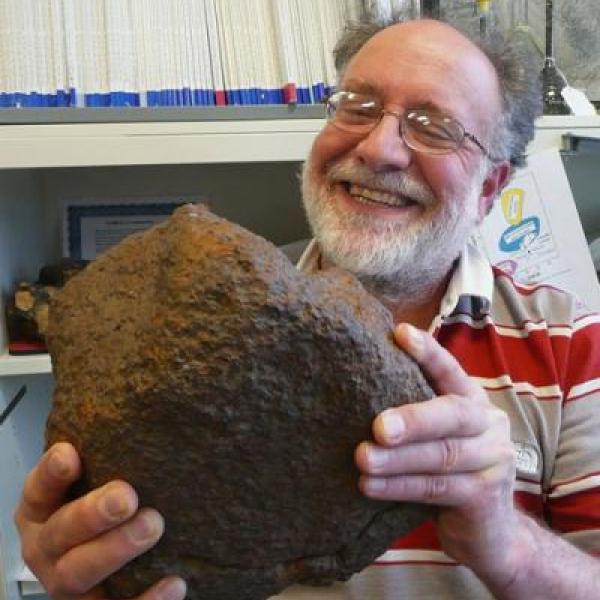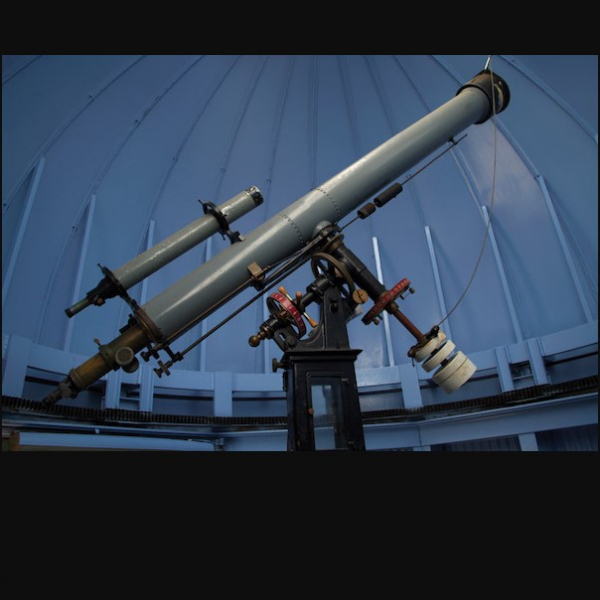Relativistic jets in active galactic nuclei (AGN) are some of the most powerful particle accelerators in the Universe.
Powered by accretion of matter onto a supermassive black hole, the AGN jets have been observed from radio wavelengths to teraelectronvolt (TeV) gamma-ray energies. Recent tentative spatial and temporal correlations between observations of high-energy astrophysical neutrinos and AGN have provided new indications of the particles and acceleration mechanisms involved in the extreme jet environment.
Manel Errando, assistant professor of physics and a fellow of the McDonnell Center for the Space Sciences, has been awarded a $375,000 grant from the National Science Foundation (NSF) to conduct studies of AGN with simultaneous TeV gamma-ray observations with VERITAS (the Very Energetic Radiation Imaging Telescope System at the Whipple Observatory in Arizona) and X-ray observations with the IXPE (Imaging X-ray Polarimetry Explorer) satellite. The team will complete and deliver a public legacy dataset of AGN observations, including a first unbiased survey of a flux-limited sample at TeV energies. The team will also create summer research internships for local high school students from the St. Louis public schools and establish a network of regional science teachers and counselors to support student engagement in the STEM fields.Understanding the astrophysical and cosmological roles of supermassive black holes in the evolution of galaxies serves as a pathfinder to advance our knowledge of extragalactic science. Identifying the dominant particle acceleration mechanisms associated with AGN would establish a benchmark against which the models that produce high-energy gamma-rays, cosmic rays, and neutrinos in these extreme environments may be tested. Utilizing TeV gamma-ray observations of X-ray observed blazars (AGN with the jet aligned with the direction of the Earth) holds the potential to discriminate between competing postulated particle acceleration mechanisms that power the emission of the AGN jets. In addition, a legacy survey of TeV gamma-ray emission from AGN will establish a unique dataset with which to perform the model tests and ultimately probe the possible links between the neutrino and gamma-ray luminosity in AGN jets.






